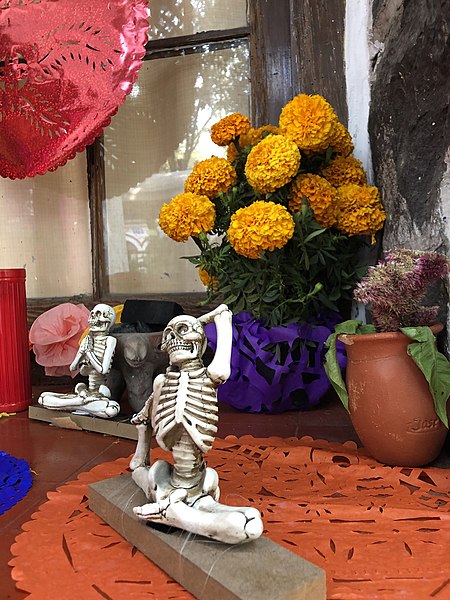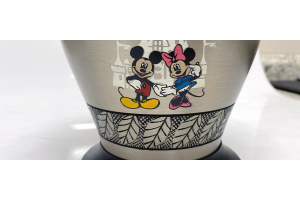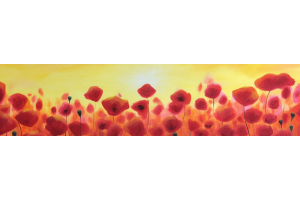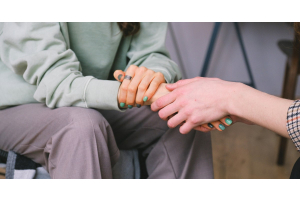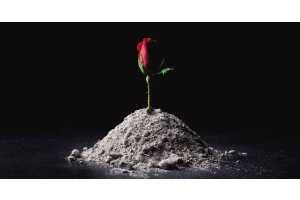
Día de los Muertos is a Mexican holiday rooted in history dating back almost 500 years, with its origins fading into the past like a well-worn skull. But the various features are a little surprising, especially if you didn’t grow up with them. After all, comparing Día de Muertos to an American Halloween is almost drab, even a little boring.
Although it is a Mexican national holiday, it has grown in the American consciousness for decades, it did not explode into a life after death until the 2017 release of the Pixar movie “Coco.” This heartwarming, vibrant film chronicles the story of a young boy named Miguel, who learns that the celebration is more than a party, but the key to a future worth having. The celebration has continued to double in size since.
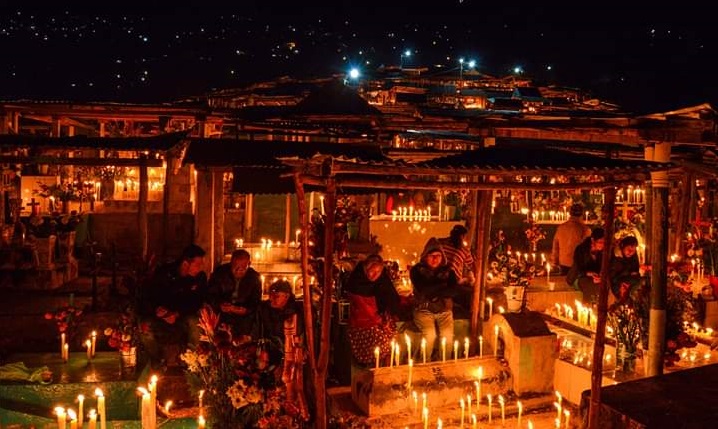
What Is Día de los Muertos?
On the night of October 31st, it is time to start preparing for the celebration. This is a time to light candles, put out food for departed loved ones, decorate graves, and gather with family and friends. The celebration is most commonly known for the third day, which is called the Day of the Dead.
But in the modern experience, it takes three days. Or more importantly, three nights. The first full day of the holiday is Día de los Angelitos, or the Day of the Little Angels.
This day is reserved for the infants and little children who died. According to tradition, they are so eager to arrive back to the land of the living that their loved ones must light candles for them one day early. This matches up with the Catholic All Saints’ Day.
The Day of the Dead is November 2nd, coinciding with All Souls’ Day. On this night, the spirits of the dead have one day to cross over and visit their living families, receiving offerings while on their visit.
The way that families choose to celebrate it depends on their own traditions. For some, it is a somber holiday with a simple meal and a discussion about lost loved ones. For others, it is a delightful celebration full of color, costumes and dancing. Many families participate in a little of both.
Día de los Muertos History
We can see Día de los Muertos as an ancient holiday on its own, but its origins are earlier. Colonization tends to wreak havoc on the records of Indigenous peoples’ beliefs and history. As such, a lot of people know only what the Spanish Conquistadors observed with their lack of knowledge about the traditions and a poor understanding of the language. As such, historians suspect that the celebration dates back up to three thousand years ago.
Experts do know that when the Spanish arrived in Central America in the 16th Century, they found a fascinating month-long celebration dedicated to Mictecacihuatl, the goddess of the dead. According to the tradition, this goddess was responsible for the land of the dead and the creation of new life.
.jpg)
All throughout the year, she and her husband would gather bones from people who had died. Once a year, she would come back to the land of the living to provide new life for them. This celebration took up the whole of the ninth month of the Aztec calendar, typically celebrated in what would now be called July or August.
When the Spanish arrived, they brought Catholicism to their new colonies. As part of the bargain, they were somewhat willing to accept the previous traditions of the Indigenous peoples of the area. Of course, this came with several adaptations.
For example, this celebration would no longer happen in midsummer, nor would it last a month. Instead, it would be limited to the three days covering the Catholic All Hallows’ Eve, All Saints’ Day and All Souls’ Day. While certain aspects of the tradition reflect this cultural shift, others show how the vibrant spirit of the indigenous people persisted.
Día de Los Muertos Traditions
Part of the reason we are so taken with Día de los Muertos is the rich traditions celebrated each year. If you grew up with an American Halloween, this holiday is both bright and mysterious. And yet, the Day of the Dead resembles Halloween in only a couple of superficial ways. By looking at the traditions and the history behind them, we can see why this is such a beloved celebration for millions worldwide.

What is an Ofrenda?
An ofrenda is an altar made to welcome the spirits. It is put together in the days prior to Día de Los Muertos. This altar usually has important symbolic value to the celebration, including:
- Photographs of family members and friends who have died
- Sugar skulls
- Salt, to purify the space
- Marigolds
- Incense
- Candles
- Food offerings for the dead
Adding photographs on the ofrenda of loved ones who have died guides their souls to the right place. These pictures keep loved ones at the center of the celebration. The other items placed on the altar serve to guide the spirits or give offerings to them.
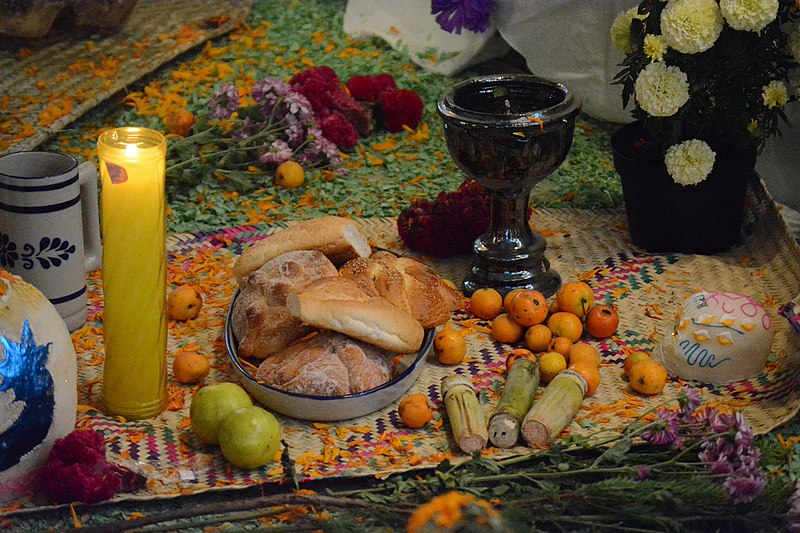
What is the Purpose of Sugar Skulls during Dia de los Muertos?
Sugar skulls represent the dead. These skulls are typically made from sugar, meringue powder and water. Given plenty of time to dry, they create a heavy, hard surface you can paint on. The original concept of the sugar skull came from an artist by the name of Jose Guadalupe Posada, whose art in the early 20th century depicted skulls in elaborate costumes.
The sugar skull is also sometimes called a Calavera Catrina, more commonly known as an elegant skull. Skulls are made out of sugar as a reminder that life is sweet.
In fact, La Catrina was originally intended as a form of criticism for certain people in Mexico prior to the revolution. Posada initially created the artwork as a way of highlighting what he saw as a bad decision to mimic European customs. Part of the joke, he thought, was that she wore a thick layer of white makeup to make herself look European. He probably couldn’t have imagined how his artwork would shape Día de los Muertos and the way the whole world sees Mexican culture.
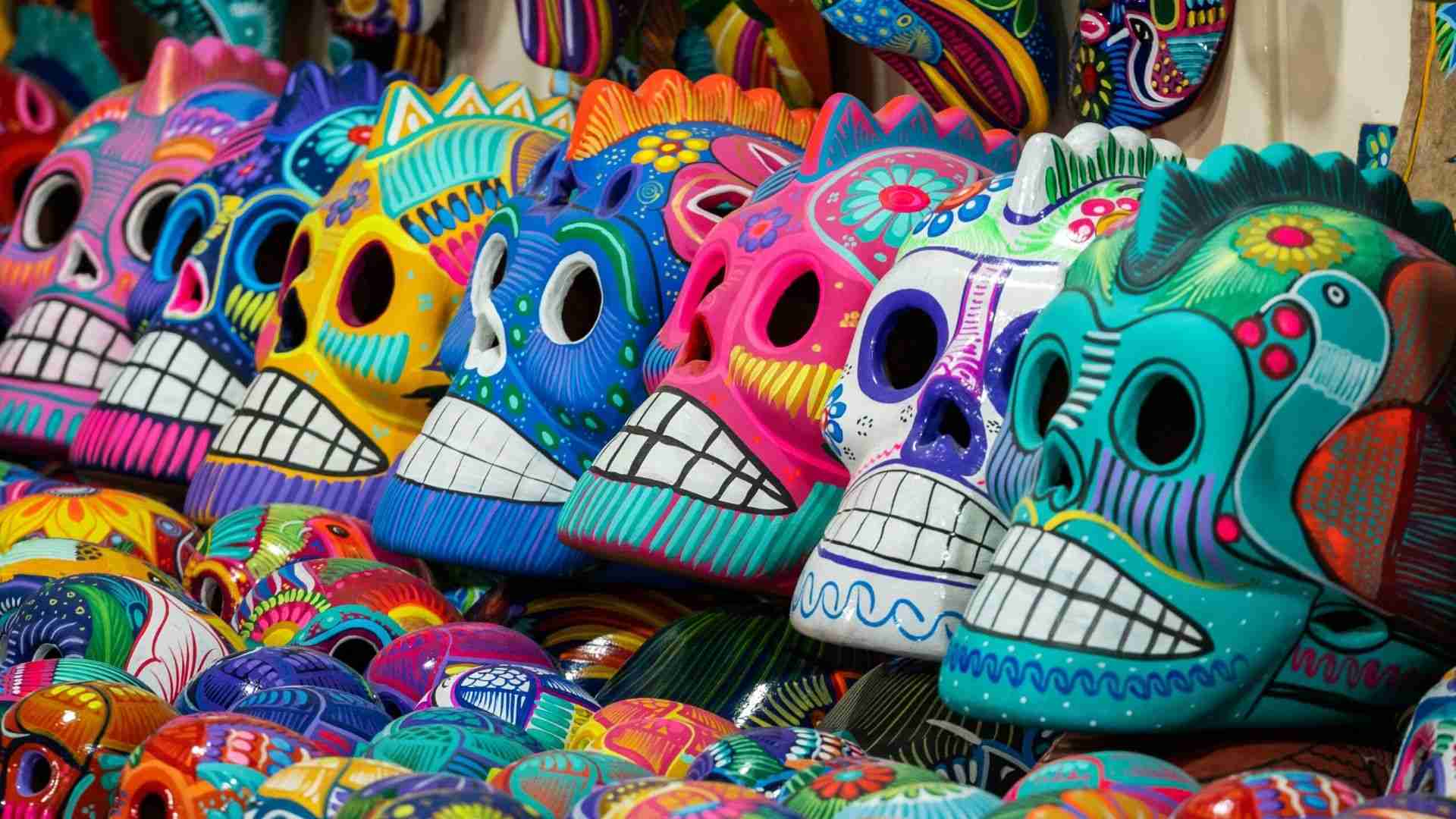
Painted Faces
Although painting your face like La Catrina’s is a popular representation of Día de Muertos, it is a recent one. In years past, people wore wooden masks painted like skulls.
The masks were designed to fill two needs. First, to resemble loved ones as a way of remembering and honoring them. Second, the masks were used to chase away spirits after the celebration was done. Now, painting faces is the new norm.
It is a sign of how Día de los Muertos is shaped by cultures around Mexico. Children painting their faces for Halloween has been a tradition for decades. This spread into Mexican culture. This is one way to keep old traditions alive, by mixing them with the new.
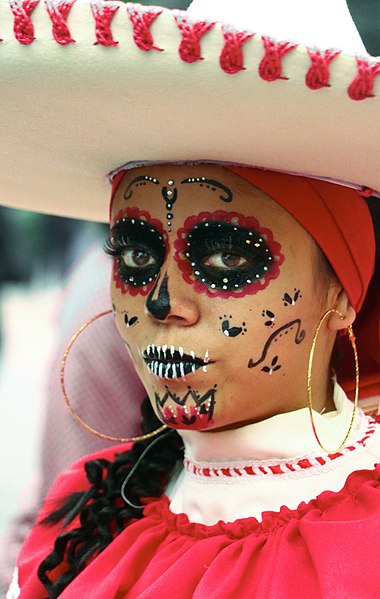
Marigolds
A festival in late October, with the dazzling orange marigold at the center strikes the right note. In the Día de Los Muertos tradition, the color and scent of the marigolds serves as a guide for spirits to follow. In the movie Coco, marigolds line the path that divides the world of the living from the land of the dead.
Many families like to combine fresh marigolds with incense from the copal tree. This addition sends praises and prayers while cleansing the altar. These scents are sure to draw the spirits home.
Traditional Clothing
Wearing traditional clothing and participating or watching traditional dances is an important part of Día de Los Muertos. Like the sugar skulls, the traditional designs recall art created in the first half of the 20th century. After all, La Catrina is the best known icon of the annual celebration.
You can dress up in a variety of possible ways. For example, you may choose a brightly-colored, traditional dress with symbolic colors of orange, red, black or white. You may also choose to don a 1950s-style outfit with a blazer and a coordinating hat.
Since the goal is not just to resemble the dead but to draw them close to their living loved ones, many people also wear items that make a lot of noise, like bells. This attracts attention and is supposed to help the spirits find the people they are looking for.
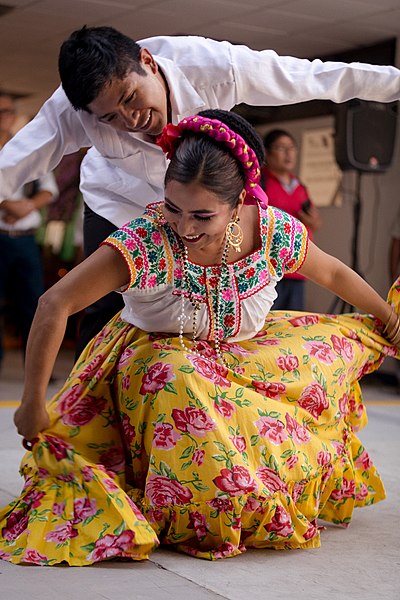
Candles
Candles are another useful part of the ofrenda design. Candles are meant to guide the way, and they must be lit in order for that to happen. Since Día de Muertos is divided into two days, one for children and another for adults, it makes sense that there are different candles for each celebration. Families aim to choose the right size, depending on whether or not the person who died was a child or adult.
Pan de Muertos
Pan de muertos, or bread of the dead, is a popular bread made specifically for Día de Muertos celebrations. The bread itself is relatively sweet, but it’s often coated with a light layer of sugar. You can buy these treats to place at the altar, or make them especially for the day. The loaf is usually shaped to look like a skull and crossbones for the people who’ve died.
Most families include pan de muertos as a way to honor their ancestors, but others go further. It’s common to put out a loved one's favorite food and drink. In fact, many people will bring tequila and water to the cemetery as part of the celebration. They believe that the souls crossing over are very thirsty, and they do not just want to give them bread to eat.
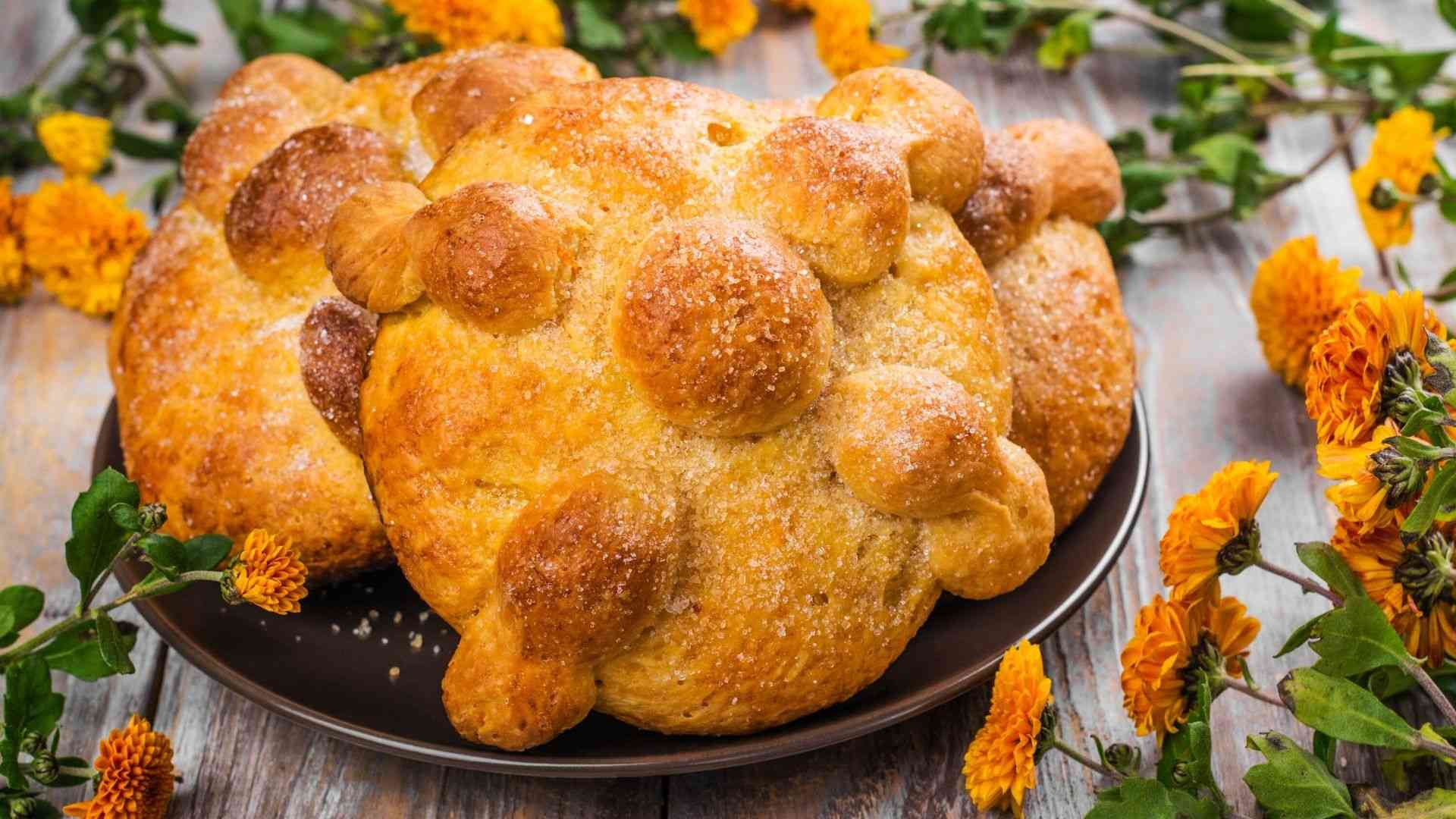
Papel Picado
Papel picado is the art of taking sheets of tissue paper and cutting it into interesting designs. In the intro of Coco, artists used these cut papers as a way of telling the story of Miguel’s ancestors. According to ancient traditions, the holes in the paper allow the souls of the dead to pass through and see their families.
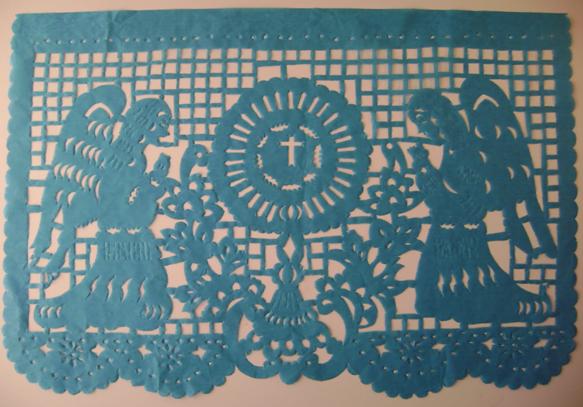
The paper is designed to be very thin and easily destroyed. This represents how fragile human life can be. Although you can buy precut banners, others like to get together, draw an intricate design and cut it themselves.

How Does Día de Muertos Compare to Halloween?
Día de los Muertos is celebrated at a similar time to Halloween, but the comparison almost stops dead right there. Of course, each celebration is held at the end of October or early November for a very specific reason: Catholicism. In their historical contexts, Samhain was a harvest celebration started by the ancient Celtic people, while Día de Muertos was a summer tribute.
In the 21st Century, however, many people see them as almost interchangeable. It is quite common to see people dressed as La Catrina for Halloween. Others may find Día de los Muertos artifacts like marigolds and sugar skulls as a popular feature in Halloween decorations.
And while both holidays represent the fine line between the world of the living and the land of the dead, the way that they look at it is distinct. For those who celebrate a modern Halloween, the day is full of tricks, treats and frights. For those who honor Día de Muertos, these days are meant for gathering with family to honor their loved ones.
Día de los Muertos Worldwide
Día de los Muertos is a popular holiday in many countries. Although the best-known traditions began in Mexico, other parts of Central and South America keep their own celebrations on similar days. In Brazil, people celebrate Día dos Fiéis Defuntos on November 2nd. This tradition also honors the dead by taking flowers and candles to the cemetery to honor loved ones.
In the United States, Día de Muertos has become a treasured experience in virtually any place with a prominent Mexican community. In places like Los Angeles, Arizona or Texas, people remain connected with their ancestors and with their ancestral traditions by keeping up with the holiday.
Of course, this also means there is a bit of Americanization to go along with it. If you aren’t sure whether or not a tradition belongs to the Mexican celebration, it may be wise to research its origin. For example, although wearing costumes is part of the story, painting faces is a much more recent addition.
Many other countries have their own celebrations to honor the dead.
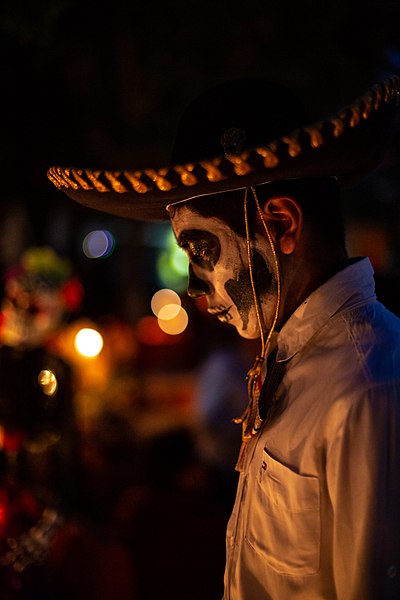
A Quick DIY Guide for Dia De Los Muertos:
If you’re wanting to incorporate this fun celebration to your holiday roster. Here’s a few tips on how to make an ofrendas and a sugar skull.
How to Build a Dia de los Muertos Altar:
- Choose a suitable surface to arrange your items. This can be anything like a table, counter top, or even a desk. As long as it is sturdy with minimal risk of anything tipping over.
- You may start with an urn containing your loved one’s remains.
Decorating the Altar:
- Lay down a nice table cloth, and build from there!
- Add favorite pictures of your loved one, arranging them how you’d like.
- Add flowers, Marigolds are the traditional flower, thought to lead the spirits back with their alluring scent.
- Add candles to represent all sorts of things, whether it be a guiding light or symbolism. They create a beautiful glow for your altar during the nighttime.
- Add colorful sugar skulls, to bring that Dia de los Muertos fun into it
- A traditional bread, Pan de Muerto, and water are also typically provided for the spirits to eat after their trip. But it is fine, to use the food available to you.
- And don’t forget to add your loved ones favorite things to the altar as well, to make them feel at home.
For more ideas to honor your loved ones at home, check our full guide for at-home memorials.
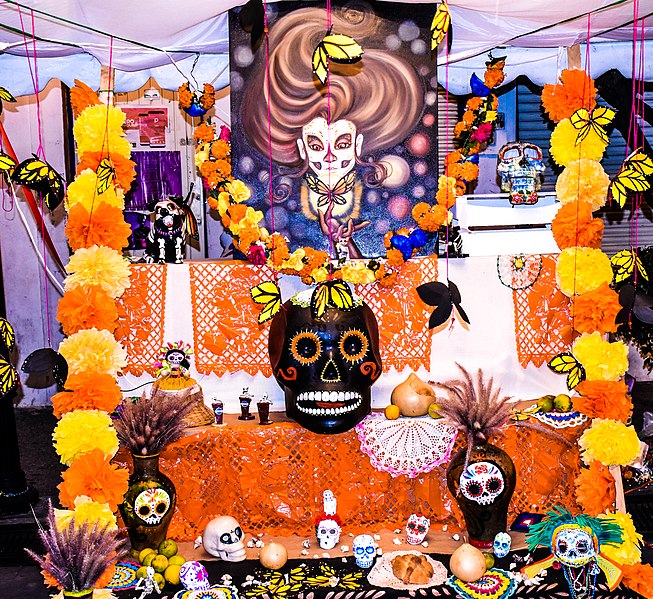
How to Make a Sugar Skull
If you are interested in celebrating Día de los Muertos, a fun way to start is by making a sugar skull. This project can take up to a few days, most of that time includes waiting for the skulls to dry. The total time depends on the size of the skull and the amount of skulls you want to make.
The good news is that this tradition is relatively easy and fun to do with kids. You can enjoy creating the project, decorating it, as well as placing it on an altar as part of a Día de los Muertos celebration.
These steps have been adapted from Sugar Skull Making Instructions, if you’d like exact instructions, head to their website.
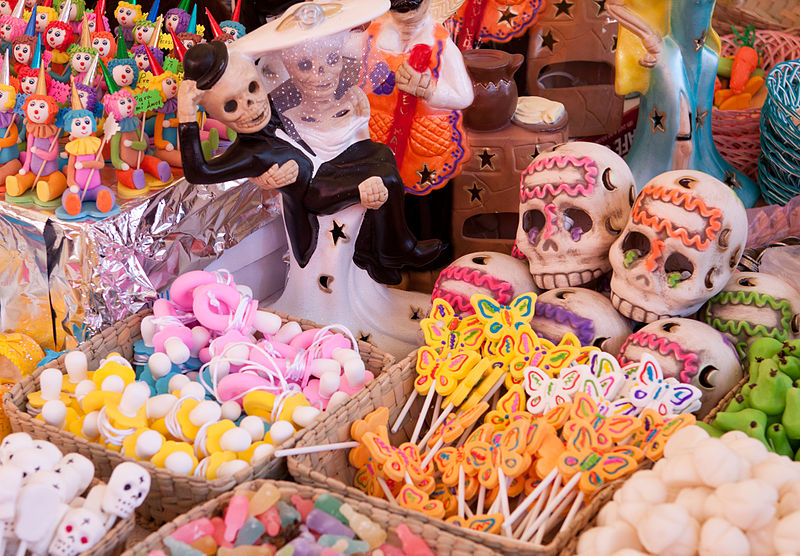
Gather Ingredients
Although a sugar skull seems like it ought to be fairly complicated, it generally is not. You should gather the following ingredients:
- Sugar
- Meringue powder
- Skull mold
- Water
- Foil, trinkets or icing ingredients to decorate
Experts say that the type of meringue powder that you choose is important. The meringue powder acts to bind the sugar in the water together. Otherwise, the skull will crumble or more likely break as it dries. Purchasing meringue powder from a high-end kitchen supply store or a restaurant supply store is more likely to yield a good result than the meringue powder available at most conventional grocery stores.
Create the Mixture
Although you generally need to follow a recipe to create a sugar skull, there is a little variability involved. You should start with sugar. As a general rule, the ratio of sugar to meringue powder is about 5 pounds (around 9-10 cups) to one-quarter cup of meringue powder. It is relatively easy to whisk these dry ingredients together.
Once they are combined, you can add 1 teaspoon of water at a time. Eventually, the dry mixture will take on a texture of wet sand. It should not be too wet, or it will not come out of the mold. It should also not be too dry, or it will crumble when you try to take it out of the mold.
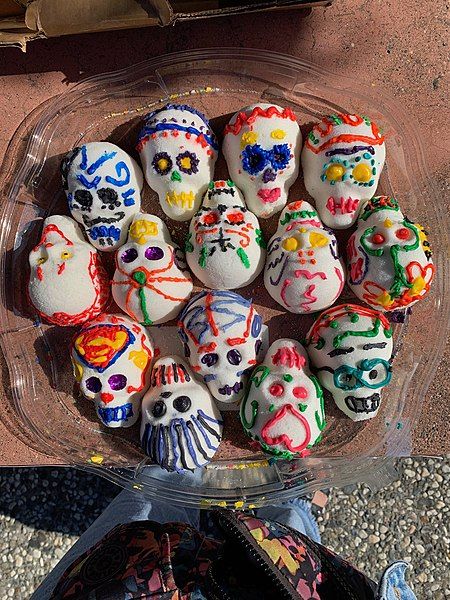
Shape and Let Dry
Shaping the sugar mixture depends on the type of mold you have. Some families do not use a mold at all, relying on their artistic senses to create a skull shape. If you want to use a mold just pack the sugar mixture into the mold as tightly as you can.
Once you have filled it completely, place the skull on a piece of cardboard and gently remove the mold. If it falls apart, you may need to adjust the consistency with more sugar or water and shape it again. If it works, you just need to wait until the skull is completely dry to decorate it.
Make Royal Icing
Royal icing is a popular way to decorate sugar skulls. This icing is pretty easy to make, and it dries very hard. It is less likely to crack or break off after a few days.
Royal icing calls for sugar, meringue powder and water. In this case, you need powdered sugar. Many manufacturers of meringue powder offer a royal icing recipe on the container. It is important to follow the recipe so that the consistency is correct.
You can combine the three ingredients together and beat them with a stand mixer on medium or high speed until the icing is thick and fluffy with peaks. Gel dyes will make the icing into bright colors without making the consistency too watery.
.jpg)
Decorate the Sugar Skull
After all this work, decorating the sugar skull is a joy. Make sure to gather your decorations, as well as a paint brush or piping bag for the icing. Many families like to divide the icing into several different colors, so you can paint an elaborate design on each skull.
The goal is to make the skulls as unique as the people were in life. You may want to get whimsical with the project, adding foil to create crowns for the skulls. Once the icing and other decorations are tightly fixed to the skull, you can place it on the ofrenda.
Día de los Muertos is a time to connect with ancestors and lost loved ones. It is enriched with the traditions of ofrendas, sugar skulls, and vibrant marigolds. But the most important aspect is the shared goal of remembrance.
Whether that be creating a small ofrenda in your home or attending a parade. Enjoy Dia de los Muertos to the fullest remembering those who were important to you both in life and death.

